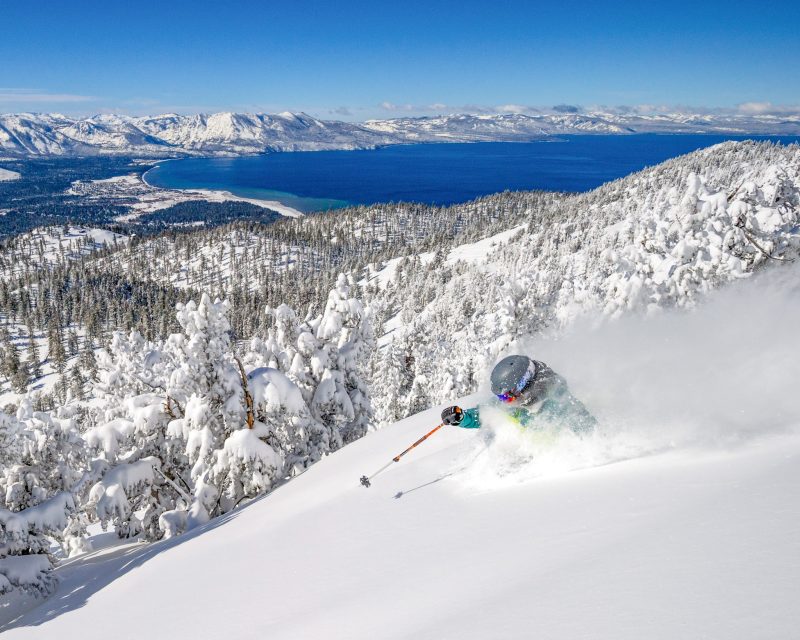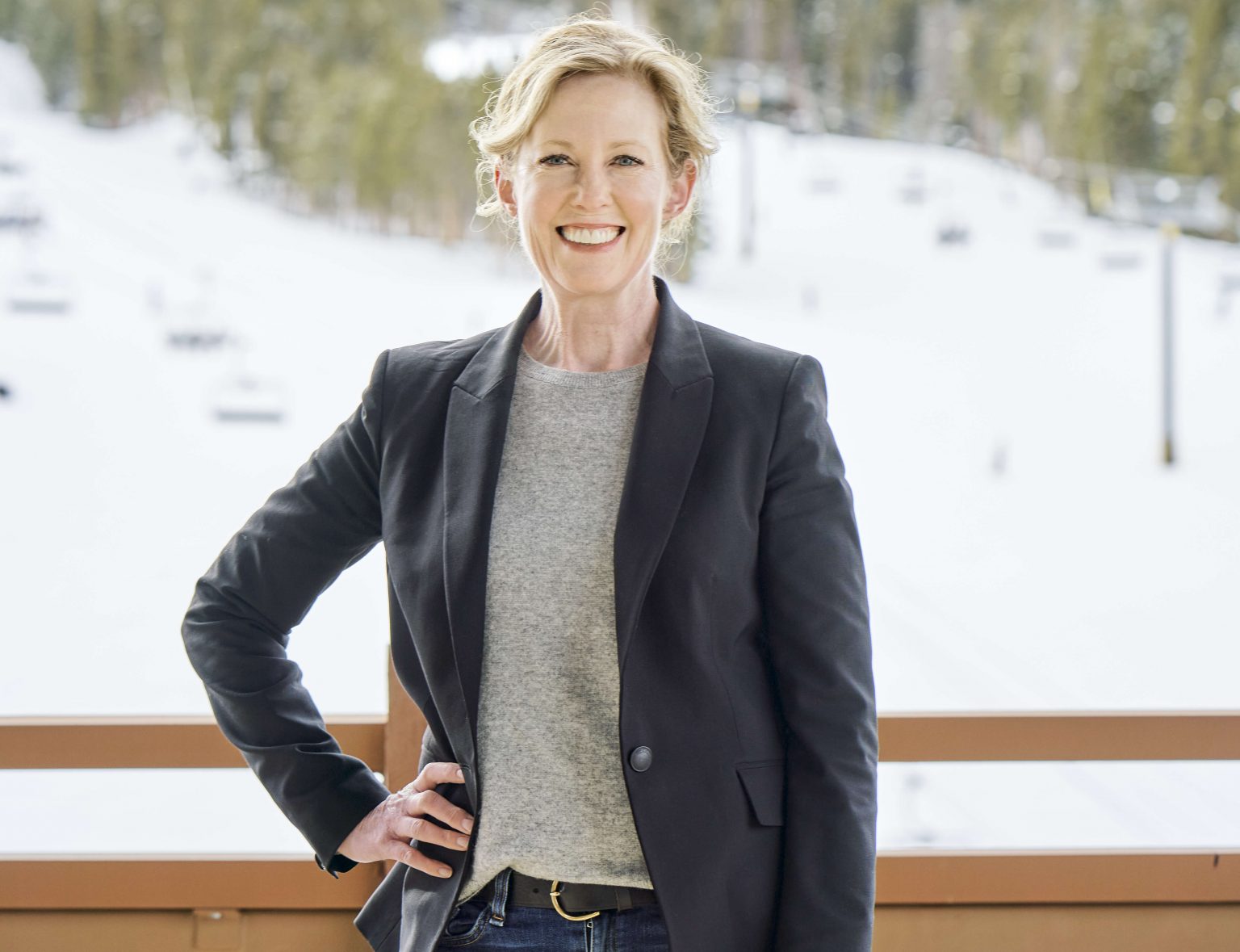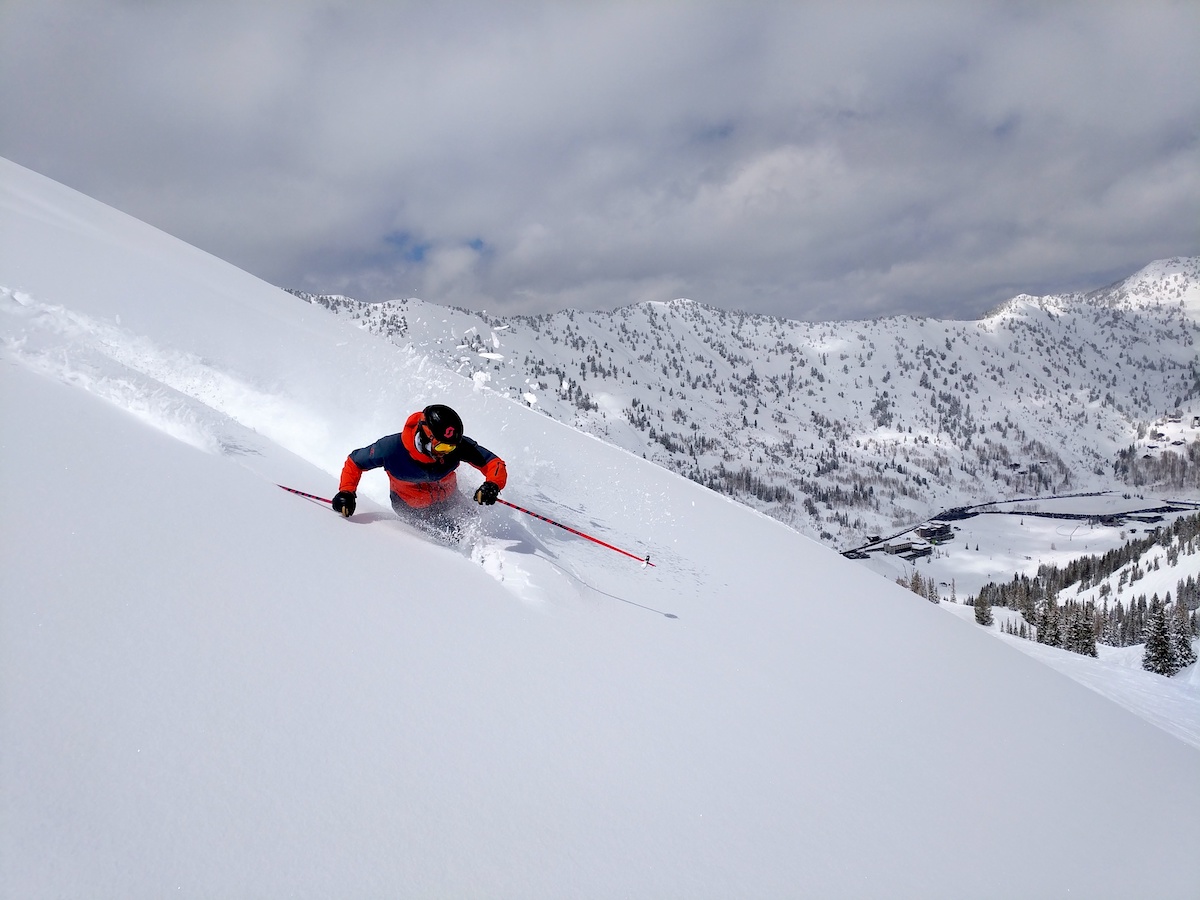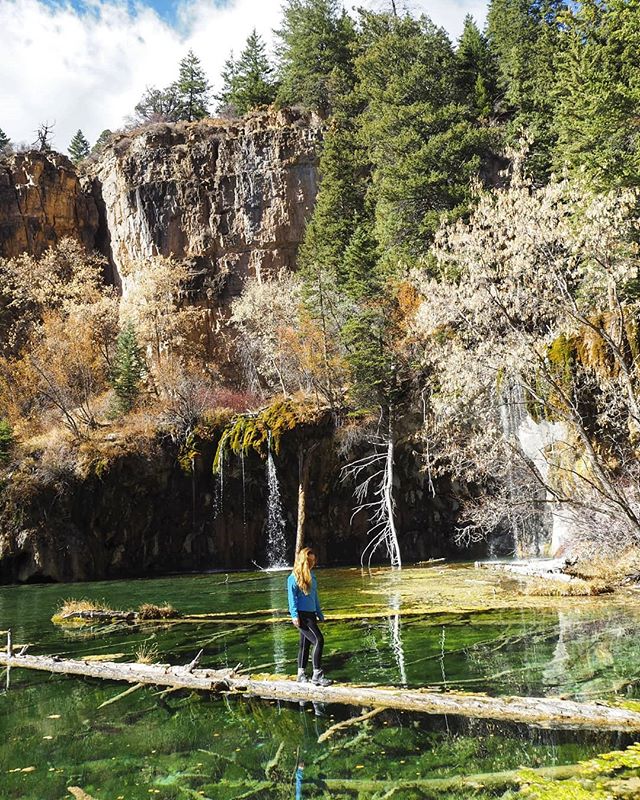
On May 27, 2025, Vail Resorts announced that Rob Katz would be retaking the helm as CEO. Katz was previously CEO of Vail Resorts from February 2006 to November 2021. Katz’s first tenure as CEO was marked by drastic changes in the ski industry, many of which were pioneered by Katz himself. In 2006, when Katz first took over as CEO, skiing as a business was largely viewed as a real estate selling tool. Ski companies like the American Skiing Company and Intrawest relied on enormous development projects to grow their revenue. If you haven’t heard of either of these companies, it’s probably because the real-estate play proved to be an extremely risky one, susceptible to huge losses if the economic winds shifted.
Instead, Katz decided that skiing companies should sell skiing. At the time, many in the industry did not think skier visits could grow much more. Aside from surges on good snow days, it seemed as though everyone who wanted to go skiing was already skiing as much as they wanted to. Good snow years brought huge ticket sales, and bad snow years could ruin financing for carefully planned improvement projects. This unpredictability of skier visits and ticket sales was part of the reason why many other large-scale skiing companies were focused on real estate projects. Katz, however, saw an opportunity.
In 2008, Vail Resorts announced the Epic Pass, a new kind of season pass product that was actually cheaper than many other season passes at the time. At the time the Epic Pass was introduced, Vail Resorts owned just five resorts: Vail, Beaver Creek, Keystone, and Breckenridge in Colorado, and Heavenly in California. The original price of $569 was a fraction of the typical season pass prices for many popular resorts at the time.
Over the ensuing years, Katz added Northstar, and Kirkwood in California, Park City in Utah, Whistler, British Columbia, alongside Afton Alps in Minnesota, Brighton, Michigan, Wilmot, Wisconsin, and Stowe in Vermont. The acquisition of midwest resorts was criticized at the time, as investors did not see as much revenue potential in these smaller resorts. But Katz’s vision was broader than just a collection of independently successful resorts. The real strength of the Epic Pass turned out to be that people liked access to other resorts. Suddenly, the possibility of taking a ski trip to Colorado or Lake Tahoe seemed a lot easier when the skiing already felt like it was included.

At the same time, day ticket prices steadily began climbing in an effort to drive more Epic Pass sales. In 2010, Vail and Beaver Creek made history by charging more than $100 per day. Then in 2019, these two resorts broke through the $200 barrier, but the race was on, and just four years later, Arizona Snowbowl became the first resort to cross the $300 barrier. This explosion in day ticket prices has driven skiers to the Epic Pass, and later the IKON, Mountain Collective, and Indy passes, in droves.
With steady increases in Epic Pass sales in its first few years, Katz showed the ski industry that skiing could grow. Beyond revenue increases, the shift towards more revenue from Epic Pass sales unlocked a few key advantages for Vail Resorts. First, budgeting became a little easier with a lot more money coming through the door before the season even started. Counting on a certain number of powder days to fund a chairlift upgrade was beginning to become a thing of the past. Second, more consistent year-to-year revenues made Vail Resorts appear to be a more attractive investment, and with it brought cheaper access to capital. Instead of putting everything on a credit card, Vail was now able to get the equivalent of a car loan, which accelerated its acquisition of new resorts. As it turns out, this shift to season pass sales also insulated Vail from massive shocks during the COVID-19 pandemic and drove huge capital improvement projects in the last several years.
Near the end of Katz’s first tenure as CEO, development in the ski industry looked very different from the real-estate driven projects that were common when he first took over. Now, with several different megapasses competing for customer loyalty, resorts shelled out millions upon millions of dollars in terrain expansions, chairlift upgrades, and other development projects designed to attract more visits the following year. Katz not only showed the ski industry that skiing could grow, but he also changed the zeitgeist on where resorts should spend their money.

Katz stepped down as CEO in November 2021 and was replaced by then Chief Marketing Officer Kirsten Lynch. As an analytics expert, Lynch had previously leveraged extensive data collected from visitors to understand what people do when they visit Vail Resorts and how to allocate capital to market to those individuals more effectively. However, Lynch’s tenure as CEO was marked by an almost continuous decline in Vail’s stock price from its peak in November 2021, at $372.51, to $138.43 in April 2025. Lynch was at the helm in July 2022 when the Forest Service halted construction on the Bergman Bowl terrain expansion project at Keystone after the resort built a temporary road in a protected area of alpine tundra.
Elsewhere in the Vail portfolio, things were not looking any better. In Park City, Utah, the Park City Planning Commission blocked approval of a chairlift upgrade project scheduled for the summer of 2022 over concerns that Vail Resorts was not improving the parking situation to match the increase in uphill capacity that the new six-pack chairlifts would bring. In Vail, Colorado, the Town of Vail denied permits for an affordable housing project that Vail Resorts was pursuing and went as far as to condemn the parcel Vail Resorts had identified for the project.
Most notably, Lynch’s term as CEO was marked by an explosion in unionization across the ski industry, with new ski patrol unions forming at Breckenridge (voted in a few months before Lynch took over), Stevens Pass, and Keystone, and lift mechanics unionizing at Park City and Crested Butte. Many point to Vail Resorts’ massive PR failure during the 13-day ski patrol strike at Park City as a potential reason why Lynch was ousted from the top spot. During the strike, the Park City Professional Ski Patrol Association garnered enormous public support, and Vail Resorts experienced public demonstrations in Park City, as well as at other Vail-owned resorts and its corporate headquarters in Broomfield, Colorado. Despite leadership failings, it has been reported that Lynch will receive more than $2 million in compensation, or roughly two years’ salary, as part of her exit package. As Lynch flies away on her golden parachute, Katz will contend with a strong labor movement and a continuously escalating cost-of-living crisis. During Vail Resorts’ most recent earnings call, Katz told investors:
“It also needs to be clear to our guests what our company stands for. I recognize that the very existence of Vail Resorts as the industry leader and a large publicly owned company can sometimes seem at odds with the essence of the ski industry. But that’s not how I see it. We are a company filled with passionate people and so many avid skiers and riders who have worked for decades to innovate this industry for the better. And we can do a better job showcasing how we benefit our guests and employees and the industry overall, and most importantly, do a better job avoiding the moments that often set us backwards.”
It is unclear what changes Katz will bring to Vail Resorts in the coming years. Katz said on the most recent earnings call, “I also understand that there’s a narrative that the industry is mature, that there are not many strategies left to drive growth in our company. It’s important to remember that that is exactly the same narrative I walked into when I became CEO in 2006.” With a myriad of challenges facing Vail Resorts, Katz will have plenty of problems to choose from. For now, there’s chairlift maintenance, summer operations, and dirt to be moved before the snow returns.
More from Zach Armstrong:
- The Idaho Supreme Court Could Change Ski Area Liability Law All Over Again
- Forest Service Budget Challenges Threaten Avalanche Center Operations Nationwide
- The Battle Over The Future Of Palisades Tahoe
- How the Fatal GS Bowl Avalanche at Palisades Tahoe, CA, Happened and Why it Could Happen Again
- How Eldora, CO, Ski Patrollers Finally Got Their Union





Chairlift maintenance has been lacking as several Vail Resorts lifts have broken down in recent years – some for extended periods. Some noteworthy ones last season included Summit Express at Keystone for several weeks and Riva Bahn at Vail for a couple of weeks – shutting down the entire Golden Peak, and the T-Bar at Breckenridge for over a week near the end of the season. On one visit to Vail, both Teacup and China Bowl lifts were running on backup diesel. As long as about a decade ago, many lifts were breaking down at Vail. I certainly hope they start maintaining their lifts better as lifts frequently breaking down is not what customers expect at world class resorts with premium prices.